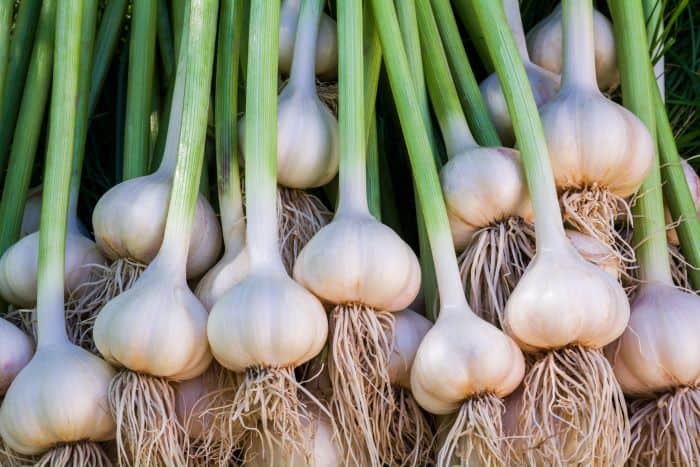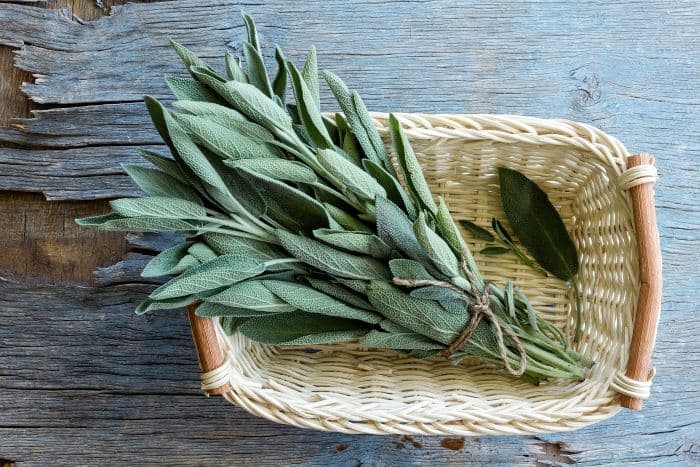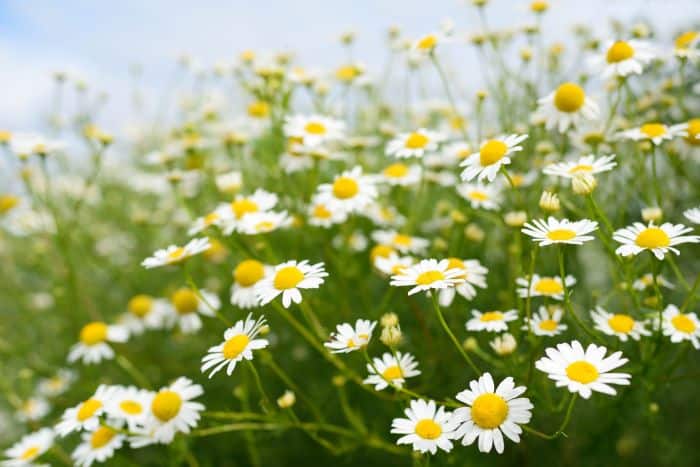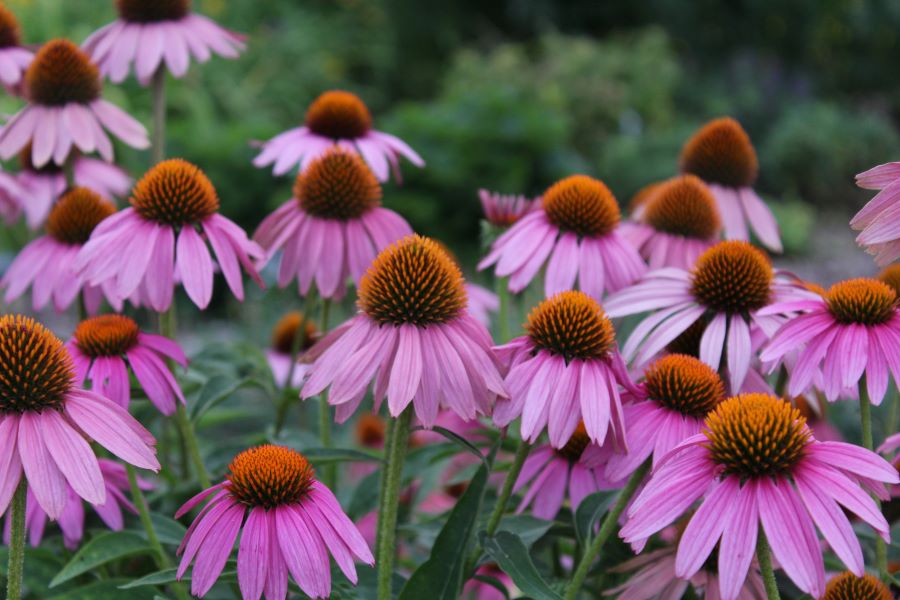
When you grow medicinal plants, you can literally cultivate your own health.
Being out in the fresh air and digging in the soil is good for your soul. Relaxing in a blooming garden is for your health. Cultivating medicinal plants in your garden can be incredibly beneficial to your health.
The Benefits of Growing Your Own Medicinal Plants
Growing and using medicinal plants is a great way to be proactive about your health. You’ll eat much healthier, which keeps you physically fit, preventing future medical issues and boosting your overall internal health.
As a result, you won’t have to visit the doctor as often. And you won’t see as many major surgeries or chronic illnesses as you age. Fortunately, that can mean spending less money on healthcare expenses.
You can also live more sustainably and use fewer resources when you grow your own plants. You also decrease your carbon footprint because you don’t have to visit the store as often.
Finally, growing your own medicinal plants is a lesson in responsibility. You learn a lot about commitment, consistency, and adaptation.
Now, let’s get into 10 medicinal plants you should grow at home, their health benefits, and how to grow them.
If you’re new to gardening, you are going to need the right gardening tools. Check out the Best Gardening Tools on Amazon. Home, Garden and Homestead is a proud Amazon affiliate, and we earn a small commission on sales–at no cost to you.
Grow Medicinal Plants: Garlic
When you grow medicinal plants, you grow your own health. Garlic is rich in antioxidants and especially helpful for reducing cholesterol and high blood pressure. Garlic can improve your heart health and immune system as well.
It’s also excellent for reducing varicose vein symptoms. Varicose veins are swollen, twisted veins just under the skin. Extensive bleeding, blood clots, and venous ulcers can result from untreated varicose veins.

Aside from professional medical treatments, herbal remedies like garlic can help relieve the symptoms of varicose veins.
Take these steps to grow garlic:
- Wait until late fall after the first frost to plant garlic in a spot with full sun
- Use a rich, well-drained soil
- Plant each clove 2 inches deep, 2-4 inches apart
- Water and cover with mulch
- Remove the mulch in spring and feed your garlic nitrogen-heavy fertilizer
- Give them 1 inch of water until harvest time
- Harvest your garlic when the foliage begins to yellow and fall over
Grapevine Leaves
Grapevine leaves have a significant amount of iron, which helps promote healthy circulation. They have a lot of flavonoids in them that keep your veins healthy. And they encourage better gut health.
Grow grapevine leaves by doing the following:
- Pick a time in early spring to plant grapevines in a spot in full sun
- Put support structures in place to help your grapevines grow upward
- Use well-drained, loose soil
- Soak the grapevines for 2-3 hours before planting them
- Plant your grapevines in a 12″ x 12″ hole
- Cover the roots with six inches of soil, tamp down, and water
- Don’t fertilize in the first year of growth
- Prune around March
Grow Medicinal Plants: Fennel
Fennel is packed with heart-friendly nutrients like potassium and folate. It’s a great source of fiber. In addition, fennel supports healthy skin and a healthy weight. It can relieve indigestion and high blood pressure, too.
Take these steps to grow fennel:
- Plant fennel after the last spring frost
- Use well-drained, fertile soil enriched with compost
- Choose a location where your fennel will receive at least 6 hours of sunlight
- Plant your seedlings ¼ inch deep, 4 to 12 inches apart
- Feed your fennel water-soluble plant food and water it consistently
So, grow medicinal plants such as garlic!
Chamomile
Chamomile is widely used as a sleep aid. It’s excellent for promoting calmness and relaxation, helping those with anxiety tremendously. Chamomile can relieve upset stomach, gas, and fevers as well.
Grow chamomile with these steps:
- Based on the kind of chamomile you want to grow, determine the most suitable soil type and location
- Plant your chamomile well after the last frost in the spring
- Space your plants 8-12 inches apart, a ¼ to ½ inch deep
- Give them 1 inch of water per week
- Prune them after the first set of flowers fade
Click here to buy Chamomile Plants and Seeds.
Grow Medicinal Plants: Parsley
Parsley contains vitamins K, vitamin C, and calcium. It’s proven to reduce blood pressure, bloating, and inflammation. Parsley is also surprisingly powerful in protecting people against breast cancer.
Parsley is best grown when you follow this advice:
- Plant parsley in the spring in a place with full sun and nutrient-rich, well-drained soil
- Plant seeds ½ inch deep, 6-8 inches apart
- Water whenever the top inch of soil is dry
- Harvest parsley once they’re large enough to use
Lavender
If you want to grow medicinal plants, consider growing lavender. Lavender is most known for how it calms the nervous system. It’s especially helpful with anxiety and depression. You can also treat headaches, specific skin ailments, and muscle pain with lavender.
Do this to grow lavender:
- Choose the right variety based on the climate you’re growing in
- Recreate Mediterranean soil conditions
- Plant lavender seeds ⅛ inch deep, 1-3 feet apart
- Keep them hydrated, not waterlogged
- Prune when you see new growth at the base
Click here to Buy Lavender Plants.
Marigolds
Marigolds can promote the growth of healthy new tissues. It can help heal skin conditions like eczema, bruising, and varicose veins. Marigolds also have natural antiseptic properties.
Grow marigolds by:
- Planting them after the last frost in a full-sun location with compost-enriched soil
- Sowing seeds ⅛ inch deep, 8-18 inches apart
- Watering marigolds often at the base
- Providing nutrients monthly once they start flowering
Grow Medicinal Plants: Echinacea
Echinacea is said to have hormonal, antiviral, and antioxidant effects. It supports improved immunity. The plant can also better your skin health and blood sugar.
Take these steps to grow Echinacea:
- Plant seeds in spring or fall in a location that gets full to partial sunlight
- Use sandy, well-draining soil
- Plant seeds ½ inch deep and leave 18 inches between them
- Water daily right after planting and then gradually reduce watering
- Mulch plants in spring with compost
Click here to buy Echinacea Plants and Seeds.
Peppermint
Peppermint oil can treat pain, coughs, colds, and indigestion. The menthol in peppermint can be especially helpful for decongestion too.
You can grow peppermint by doing the following:
- Plant peppermint in containers in early spring in a place with full sun
- Use nutrient-rich soil with good drainage
- Plant stems ten inches apart and regularly water them
- Harvest your leaves when they’re fragrant
Sage
Sage is loaded with antioxidants and nutrients. It can ease menopause symptoms and blood sugar levels. Sage is also good for oral health, cardiovascular function, and brain health.

Follow these steps to grow sage:
- Plant sage during spring or cooler fall days in a full-sun location
- Plant seeds or small plants 2 feet apart
- Water sage regularly when young
- Prune woody stems every spring
It takes dedication the grow medicinal plants. It’s worth it, though, for all the healing these plants can bring you. Get started with the guidance above.






Leave a Reply